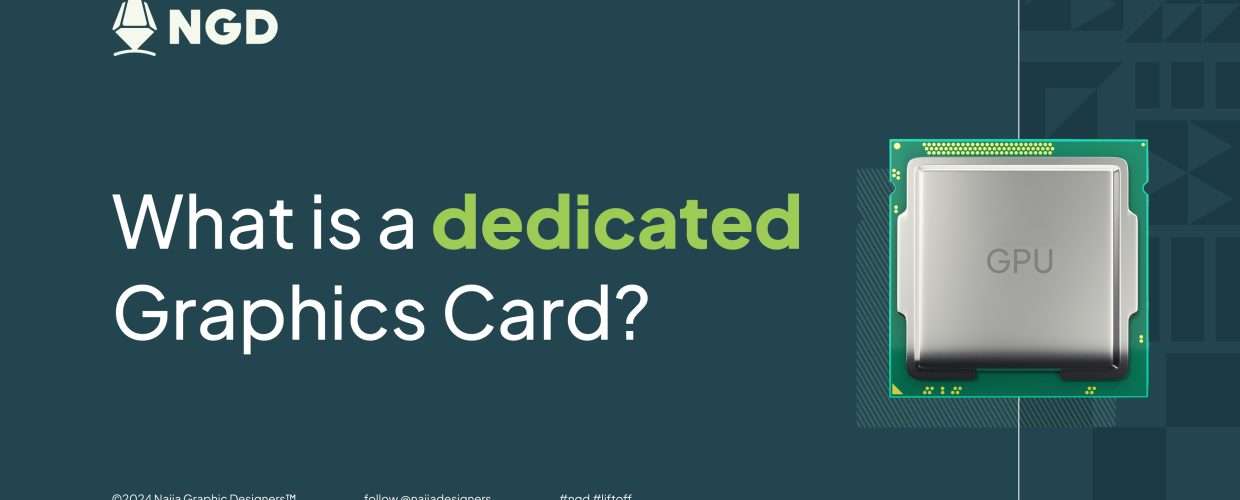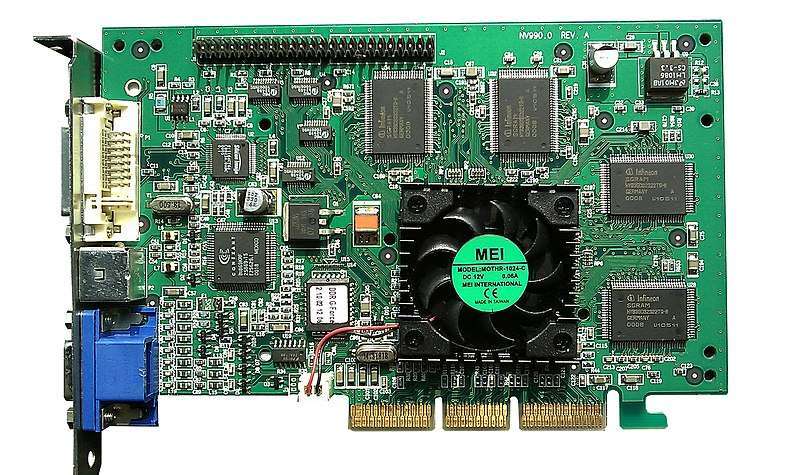A dedicated graphics card is a specialized hardware component designed to handle the rendering of images and videos independently of the central processing unit (CPU). Unlike integrated graphics, dedicated cards are solely devoted to graphical tasks.
They’ve emerged as indispensable components, pushing the boundaries of visual experiences. As we delve into the evolution, benefits, types, and future trends of dedicated graphics cards, we’ll explore their real-world applications, market trends, and even considerations for sustainability
Whether you’re a gamer, content creator, or professional, the right graphics card can significantly enhance your computing experience.
Evolution of Graphics Cards
In the early days of computing, integrated graphics were the norm. However, their limited capabilities led to the need for more powerful solutions.The evolution of dedicated graphics cards marked a turning point, providing users with enhanced performance and capabilities for graphics-intensive tasks.
Over the years, graphics cards have undergone remarkable technological advancements, incorporating features like faster GPUs, increased VRAM, and innovative cooling solutions.
Benefits of Dedicated Graphics Cards:
- Enhanced Gaming Performance: For gamers dedicated graphics cards offer a quantum leap in performance, providing smoother frame rates and realistic visual effects.
- Improved Video and Image Editing Capabilities: Content creators benefit from the increased processing power, enabling seamless editing of high-resolution videos and images.
- Smooth Multitasking Experience: Dedicated graphics cards contribute to a smoother multitasking experience, allowing users to run multiple applications simultaneously without compromising performance.
Types of Dedicated Graphics Cards
1 Entry-level Graphics Cards: Designed for casual users, entry-level graphics cards offer a cost-effective solution for basic gaming and multimedia tasks.
2. Mid-range Graphics Cards: Balancing performance and affordability, mid-range graphics cards cater to gamers and content creators with moderate computing needs.
3. High-end Graphics Cards: Enthusiasts and professionals gravitate towards high-end graphics cards, known for their cutting-edge performance and capabilities.
Gamers should focus on factors like GPU performance, VRAM( memory space on a graphics card), and compatibility with their favorite game titles while Content creators should prioritize graphics cards with high CUDA core counts ( number of processing units) and VRAM, ensuring smooth editing experiences.
Before making a purchase, verify the compatibility of the graphics card with existing hardware and check system requirements.
FAQs
1. Are dedicated graphics cards only for gamers?
Dedicated graphics cards cater to a wide range of users, including gamers, content creators, and professionals seeking enhanced visual performance.
2. How often should I update my dedicated graphics card drivers?
Regularly updating your graphics card drivers is recommended to ensure compatibility with new software releases and optimal performance.
3. Do I need a high-end dedicated graphics card for video editing?
While high-end graphics cards offer superior performance, mid-range options can also handle video editing tasks effectively, depending on your requirements.
4. Can I use multiple graphics cards in a single system?
Yes, some systems support multiple graphics cards, known as SLI (Scalable Link Interface) for NVIDIA and CrossFire for AMD, enabling improved graphical performance.
5. What should I do if my graphics card is overheating?
If your graphics card is overheating, ensure proper ventilation, clean the cooling system, and consider installing additional cooling solutions for better heat dissipation.

